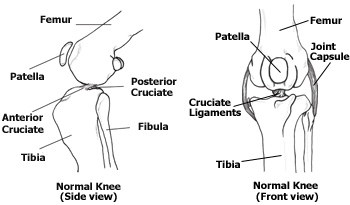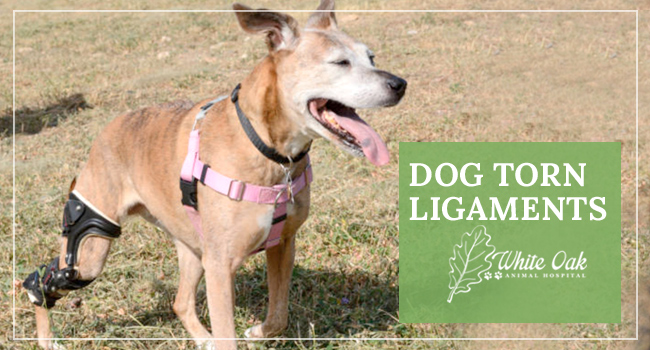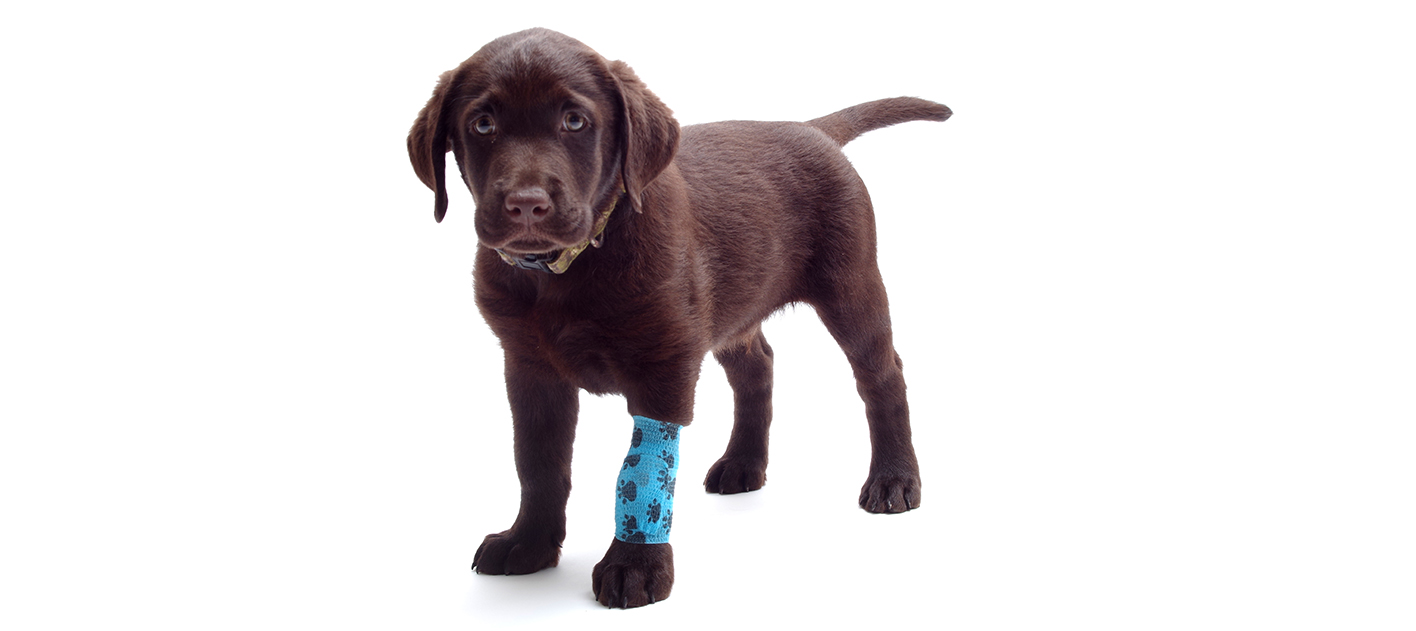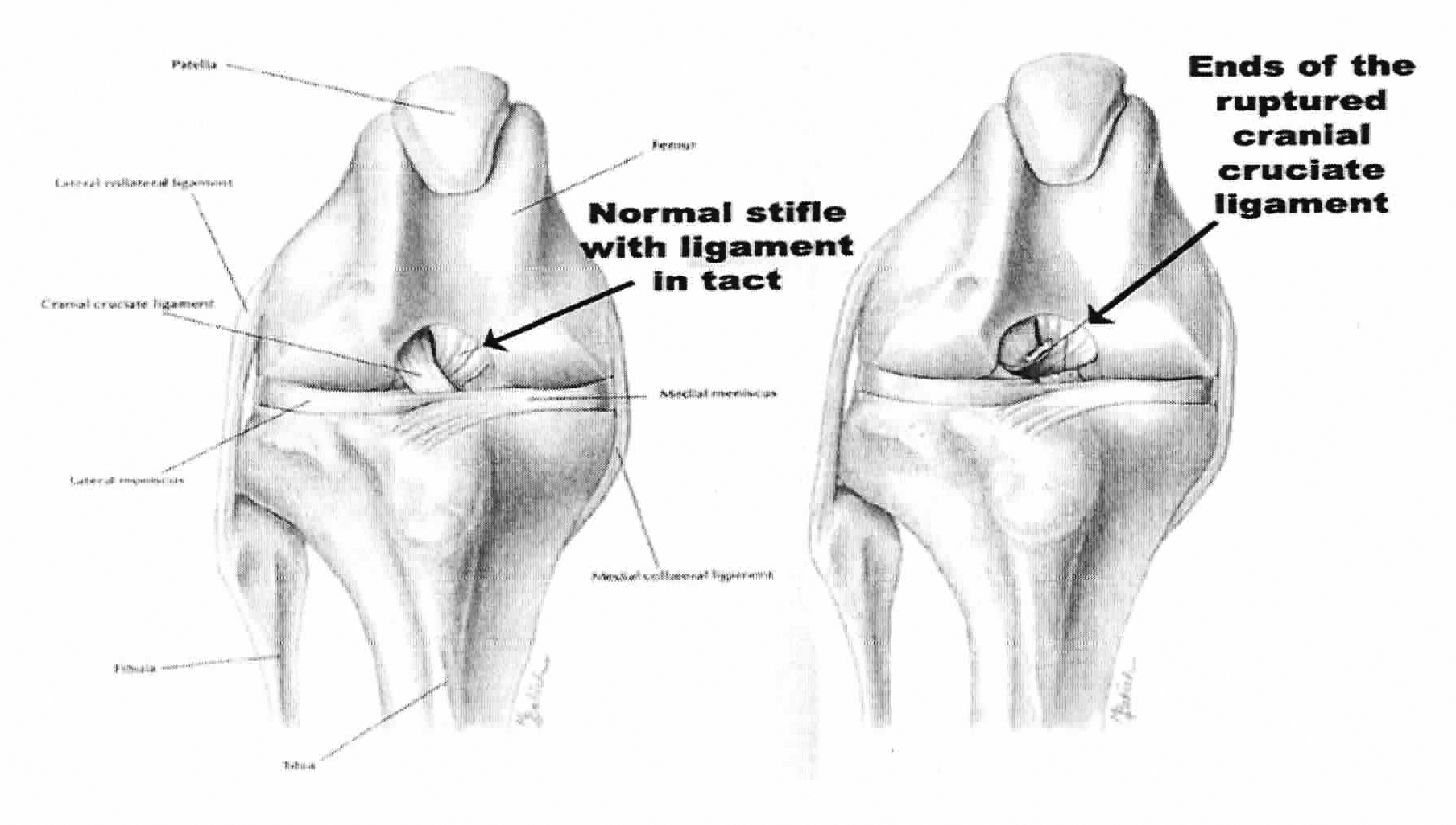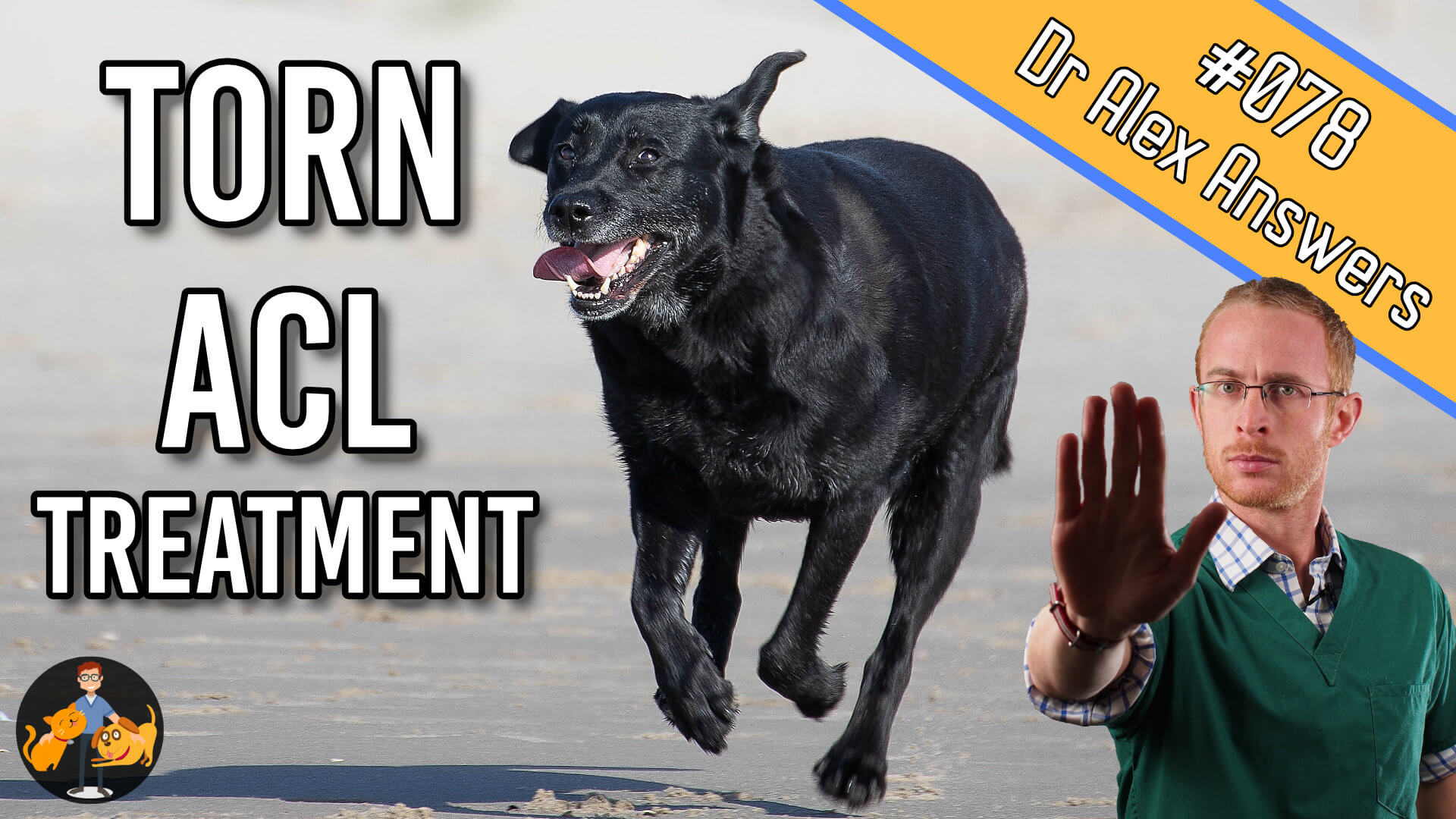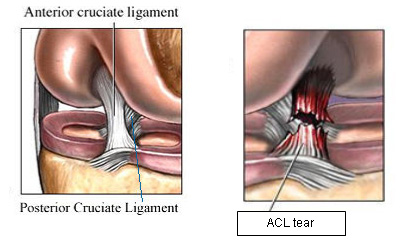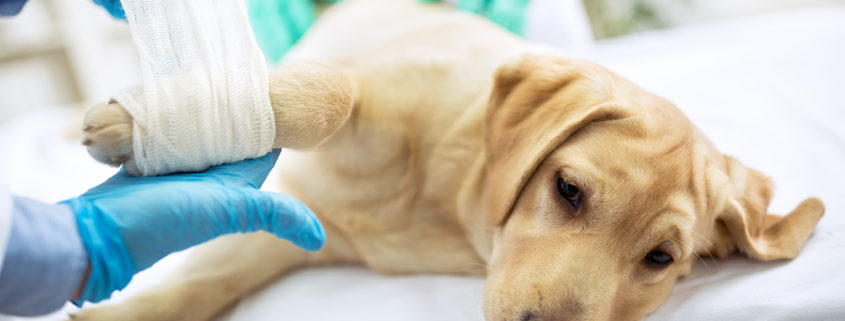Before you read further please know that a partial cruciate tear is very serious and if you suspect that your dog has a tear please contact your vet immediately.
Partial acl tear in dogs symptoms.
These are relatively rare.
Symptoms of acl rupture in dogs the most common symptom of acl rupture in dogs is a sudden hind limb lameness.
An acl tear in dogs is a knee injury that occurs when a dog fully or partially tears their cruciate ligament.
The acl is meant to stabilize the leg and provide support during weight bearing activities.
A few years ago i received an email from a fellow dog lover whose dog was diagnosed with a partial cruciate tear and i realized that i never updated my blog about sydney s condition.
Before we go any further it s important to note that dog acl tear is a term commonly used for this type of injury although your veterinarian will likely refer to it as cranial cruciate rupture.
This risk increases for dogs who are overweight or too active after surgery.
When a dog partially tears its ccl however it is usually an issue that gets worse little by little over time.
Dog acl injury symptoms.
A torn acl is the most common knee injury experienced by dogs.
Symptoms of ccl injuries in dogs.
Meanwhile in the more common grade 3 sprain there is a complete tear of the acl with the knee joint becoming unstable and surgery almost inevitable if it is to be corrected.
How a torn acl occurs.
Treatment of early partial cranial cruciate ligament tears.
The acl is always load bearing which can make the ligament susceptible to injury.
A full acl tear may start as a partial tear which degrades the ligament over time until one last misstep severs it completely.
Your dog s knee has three bones.
This can happen suddenly or through time but either option can be quite excruciating.
A grade 2 is a partial acl tear with the ligament stretched so much that it is loose and damaged.
Amato dvm dacvs small animal.
Why conservative treatment prior to full rupture is setting dogs back.
A dog with a ccl injury may also have swelling on the inside of the knee.
Ccl injuries in dogs are one of the most commonly seen orthopedic problems.
Depending on the severity of the ccl injury a dog s symptoms might range from having a hint of lameness to being unable to bear weight on the injured leg.
The femur extending from the hip the tibia extending from the ankle and the patella knee cap.
High body weight is a risk factor and a leading cause of acl injury because of the extra stress placed on the ligament by an overweight body.
For example dogs who tear an acl in one knee have a 30 40 risk of tearing an acl in the other knee within two years of the first one.



